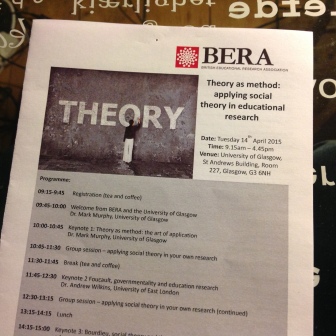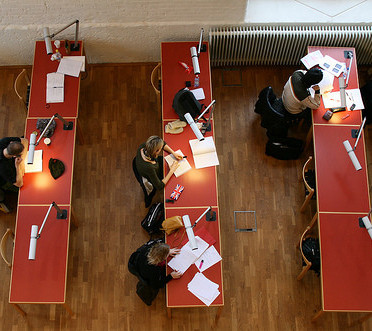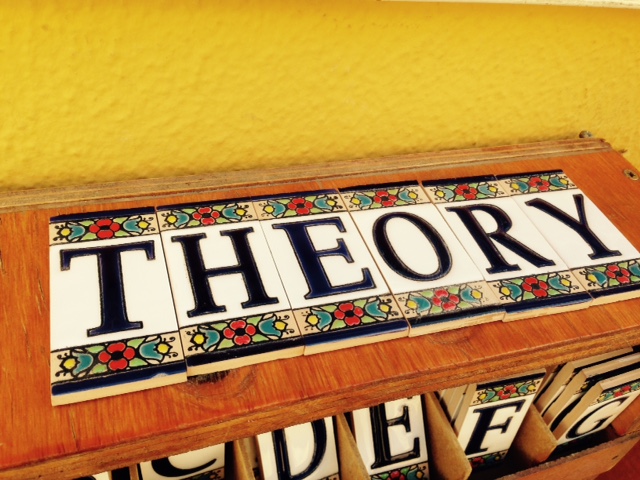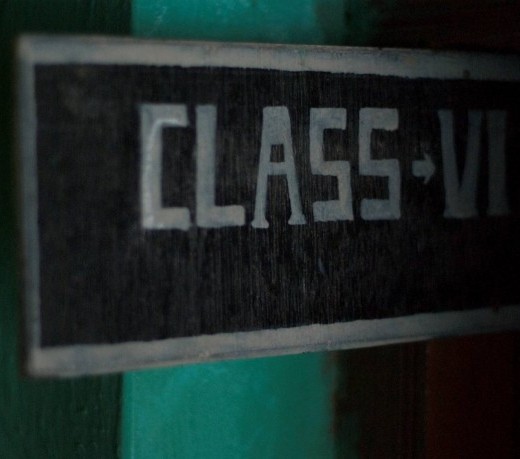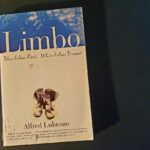 I am very grateful to the BERA SIG social theory, for putting on the “Theory as Method” day this month (14.4.15). The day saw a series of keynotes outlining the role of Social Theory in educational research as well as outlining some ways “key” theorists, Bourdieu and Foucault, have been employed to highlight issues within educational research. Alongside this were plenty of opportunities to reflect with colleagues about the use of social theory in our own projects.
I am very grateful to the BERA SIG social theory, for putting on the “Theory as Method” day this month (14.4.15). The day saw a series of keynotes outlining the role of Social Theory in educational research as well as outlining some ways “key” theorists, Bourdieu and Foucault, have been employed to highlight issues within educational research. Alongside this were plenty of opportunities to reflect with colleagues about the use of social theory in our own projects.
This combination of illustrative work and reflective sessions was really powerful in allowing important discussions to emerge around key areas for new researchers, such as “How do you choose a Social Theory?”, “Can you combine more than one Social Theory” and “What makes a Social Theory?”. These themes were also covered by the expert panel at the end of the session, making for a lively discussion.
For me, I attended already quite secure in my own theoretical position. As I am analysing the role of number sense in primary mathematics and how it acts as a mechanism to sort children, I have adopted a Bourdieusian framework and I am undertaking ethnography in primary school. Therefore, unlike some colleagues, I was not concerned about finding a framework which fitted, or demonstrating how contrasting frameworks might align to represent my position. My own concerns came from how well I have found the framework to fit.
I began my ethnography with a Bourdieusian framework in mind, his tools of habitus, field and capital (Bourdieu, 1989) already shaping my observations in the classroom. The observations I made were already shaped by my reading of Bourdieu’s work and my data began to provide insights into how social class shapes children’s interactions with mathematics.
My concern then was around the cyclical nature of my position. I had set out with Bourdieu’s tools to understand how social class shapes mathematical opportunities and looking through this lens I could see this in operation. I was concerned that I was only seeking evidence of my own beliefs, that by setting up this theoretical position I was solely seeking evidence which confirmed it.
My answers came clearly and strongly, both from the presenters and the discussions. Firstly, it is OK to look with a particular lens and see what that provides. Using Bourdieu’s tools to examine primary mathematics allows me to see how those classed positions still persist in primary mathematics classrooms today. Secondly, not all my data will fit, there will be “fuzzy, dirty” parts to the data which contradict the main theory. It is these contradictions that will move the work on; which may be of most significance, or at least be of great interest.
So, as I return for my last term of observations, I take my reflections with me. I will continue to see the hidden ways that social class is shaping children’s experiences, but will also see moments of contradiction. The convenors on the day called for us to be able to use social theory until it is normal; until the language and concepts are employed readily to describe our experiences. Perhaps then it is only when I am so comfortable in the theory, when my natural gaze is through a Bourdieusian lens, that the contrasting moments of resistance and defiance will become apparent.
Bourdieu, P. (1989,). Social Space and Symbolic Power. Sociological Theory, Vol. 7(1) pp. 14-25.

